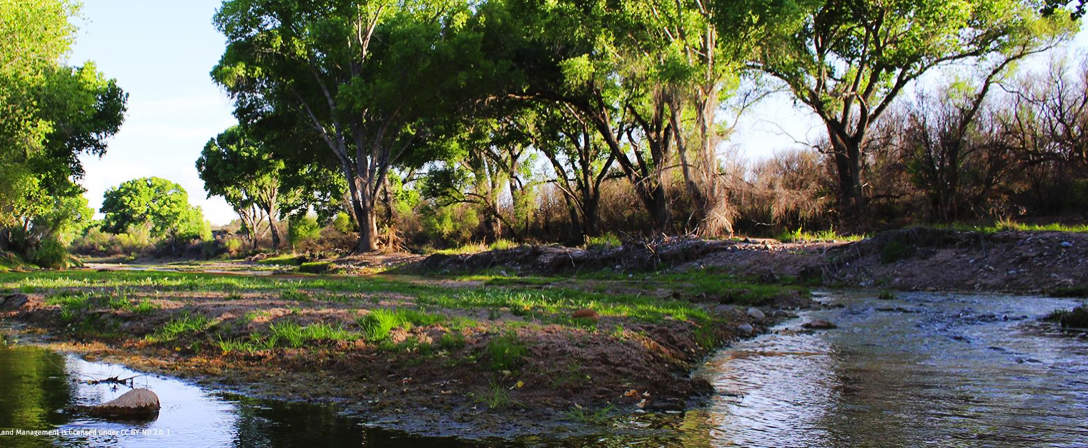The advocacy group also listed southern Arizona’s San Pedro River among its top 10 because of threats from nearby groundwater pumping.Arizona Department of Water Resources
By Brandon Loomis | Arizona Republic
Climate change and water overuse have driven the Colorado River to the top of the advocacy group American Rivers’ annual list of endangered rivers.
Decades of drought that some scientists now call permanent aridification have exacerbated chronic overallocation of the waters stored along the river in Lake Powell and Lake Mead. Those reservoirs in turn have shrunken to less than a quarter and a third of their respective capacities, leading federal water managers to call for an emergency cutback in releases to preserve hydropower-generating capacity at Glen Canyon Dam.
“The urgency is extreme,” American Rivers spokesman Sinjin Eberle said, noting that the river serves some 40 million people and production of most of the nation’s winter vegetables. “We have to do something now.”
The group also listed southern Arizona’s San Pedro River among its top 10 because of threats from nearby groundwater pumping.
This spring the U.S. Interior Department has proposed holding back nearly a half-million acre-feet of Colorado River water that under normal operations would flow from Lake Powell through the Grand Canyon to Lake Mead. That would not immediately trigger new shortages among downstream users, but it could in the next few years if runoff from the Rocky Mountains doesn’t improve soon.
This year’s projection is not good. On the heels of two low-flow springs, the Colorado Basin River Forecast Center this month said current snowpack ready to melt suggests just 64% of normal flows will reach Lake Powell this season: 4.1 million acre-feet. An acre-foot — roughly 326,000 gallons — is enough to support a few households in the region, though much of the water is used for agriculture.
“What we’re facing is the permanent warming and drying of the American Southwest,” Colorado State University water and climate scientist Brad Udall said in a statement. His research and outspoken warnings have suggested there’s little time to waste throttling back on water use when rising heat is causing plants and the atmosphere to sponge up springtime runoff before it ever reaches the river.
While water conservation is critical to the region’s future, Udall stresses that controlling climate-changing emissions is too.
“We’re going to need to apply some serious pressure to decision-makers because we are running out of time to solve this problem,” he said.








